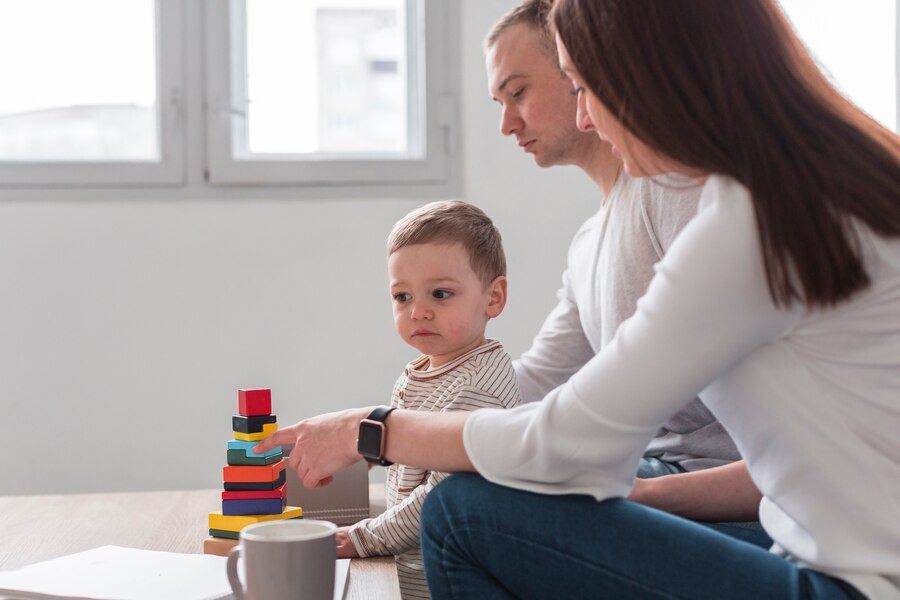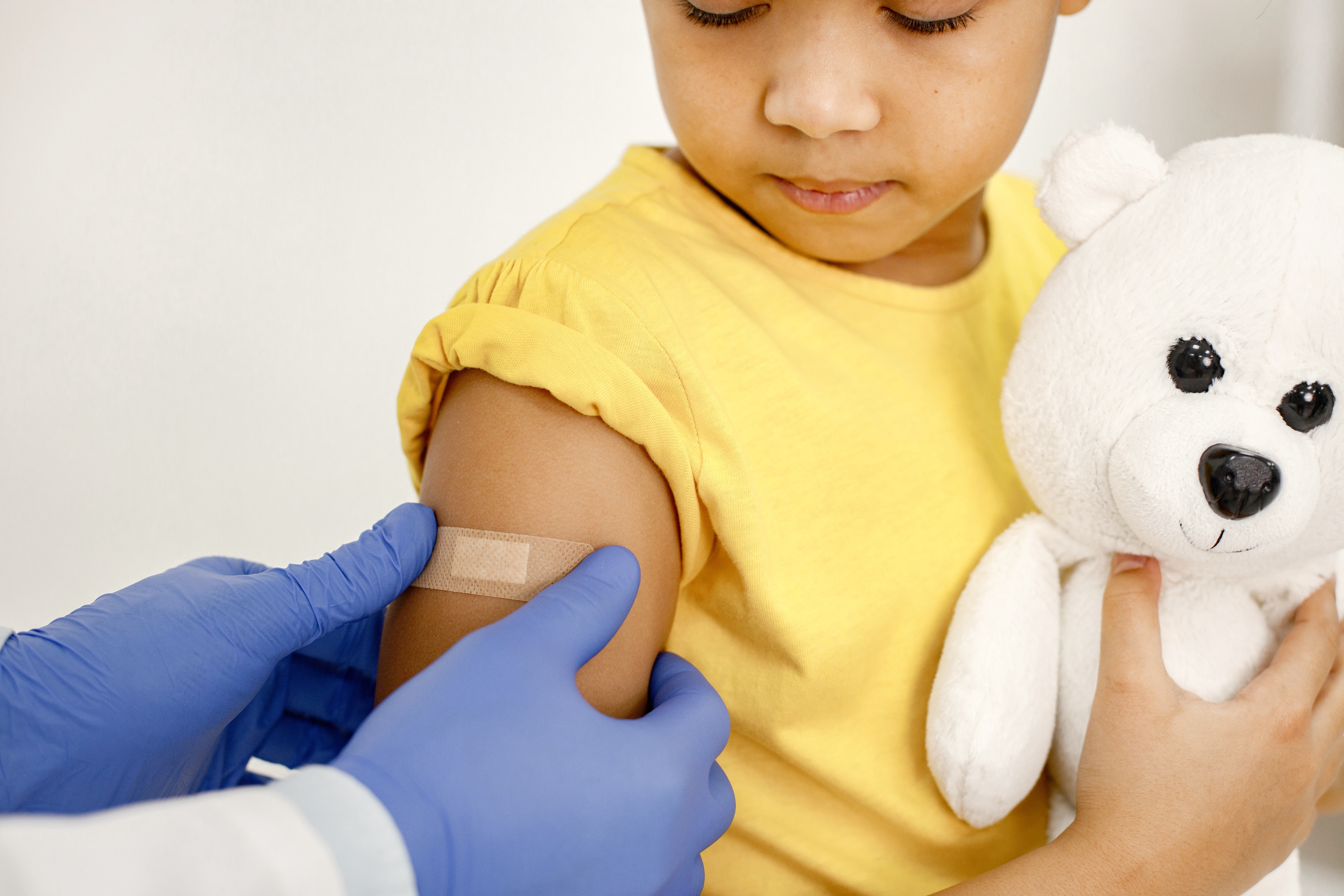Skabies pada manusia ternyata tidak hanya ditemukan pada orang dewasa, namun juga pada bayi dan anak-anak. Skabies atau disebut juga kudis ini sebenarnya adalah infeksi kulit yang disebabkan oleh tungau kecil bernama Sarcoptes scabiei.
Bayi dan anak-anak tertular skabies melalui kontak langsung kulit ke kulit dengan orang yang terinfeksi skabies. Misalnya saat berpelukan atau berbagi tempat tidur. Skabies juga menular melalui barang-barang yang terkontaminasi seperti pakaian, handuk, seprai atau furnitur lainnya.
Gejala Skabies pada Bayi dan Anak-Anak
Gejala skabies pada anak-anak biasanya membutuhkan waktu hingga satu bulan setelah infeksi hingga ruamnya muncul. Adapun beberapa gejala yang dirasakan di antaranya:
- Munculnya ruam seperti benang atau benjolan atau lepuhan berisi nanah. Pada anak-anak berkulit gelap, bekas dan benjolan terlihat cokelat, ungu, atau abu-abu. Sedangkan pada anak-anak berkulit cerah, bekas dan benjolan terlihat merah
- Pada bayi ruam sering muncul di telapak tangan dan telapak kaki. Dan mungkin juga muncul di pipi, leher, serta kulit kepala. Beberapa bayi mungkin mengalami penebalan atau kerak pada kulit kepala yang terkena
- Pada anak-anak dan remaja, bekas dan benjolan muncul terutama di sela-sela jari tangan dan kaki, pergelangan dan siku, di ketiak, di sekitar pusar dan selangkangan, serta di bokong
- Skabies terasa gatal terutama di malam hari atau setelah mandi
- Saat bayi atau anak-anak menggaruk kulit yang gatal, mereka sangat berisiko terkena infeksi sekunder yang menyebabkan kulit menjadi lebih merah, nyeri serta terbentuk kerak kuning
- Kemunculan ruam skabies pada anak-anak membutuhkan waktu hingga satu bulan, di mana pada masa ini tungau skabies mulai berkembang biak di bawah kulit
Baca Juga: Skabies (Kudis) Juga Dapat Menyerang Manusia, Ini Cara Mengatasinya
Pengobatan Skabies pada Bayi dan Anak-Anak
Pengobatan skabies pada bayi, anak-anak dan orang dewasa umumnya mirip, tetapi ada beberapa perbedaan dalam cara penggunaan obat dan pengelolaan gejala, di antaranya sebagai berikut:
Pemilihan obat
Obat yang direkomendasikan untuk mengatasi skabies umumnya sama, seperti misalnya krim atau losion permetrin 5%. Namun, dalam beberapa kasus, dokter mungkin merekomendasikan produk yang berbeda atau dosis yang perlu disesuaikan dengan usia dan berat badan anak. Beberapa produk krim atau losion permetrin memiliki formulasi atau konsentrasi yang disesuaikan untuk anak-anak.
Aplikasi obat
Pastikan untuk membersihkan dan mengeringkan kulit anak Anda sebelum mengoleskan krim atau losion. Oleskan krim secara menyeluruh, khususnya di area-area yang sering terkena infeksi, seperti lipatan kulit. Hindari membersihkan krim atau losion selama 8-12 jam setelah aplikasi sehingga baiknya krim atau losion diberikan di malam hari.
Baca Juga: Kenali Jenis Ruam yang Sering Muncul pada Bayi
Pengobatan tambahan
Pengobatan skabies pada bayi dan anak mungkin tidak hanya untuk menghilangkan tungau, tetapi juga menyembuhkan kemungkinan infeksi sekunder akibat garukan. Anak Anda mungkin memerlukan antibiotik jika infeksi sekunder terjadi.
Pengelolaan gejala
Pengelolaan gejala gatal dapat sedikit berbeda antara anak-anak dan orang dewasa. Dokter mungkin merekomendasikan antihistamin atau pelembab khusus yang lebih cocok untuk anak-anak untuk membantu meredakan rasa gatal.
Selain langkah-langkah di atas, Anda juga mungkin perlu mencuci semua pakaian, sprei, handuk, dan mainan anak dengan air panas. Anda juga perlu membersihkan permukaan karpet dan kasur untuk menghilangkan tungau dan telurnya.
Jika Anda memiliki anak yang terinfeksi skabies, pastikan untuk berkonsultasi dengan dokter sebelum mengobati mereka. Hindari sembarangan memberikan krim atau losion karena obat yang diberikan mungkin perlu disesuaikan dosisnya.
Memiliki pertanyaan seputar skabies pada bayi dan anak-anak? Anda bisa memanfaatkan layanan konsultasi kesehatan dengan mengunduh aplikasi Ai Care melalui App Store atau Play Store.
Mau tahu informasi seputar kehamilan, menyusui, kesehatan wanita dan anak-anak? Cek di sini, ya!
- dr. Monica Salim
Sarah Asch, MS, MD, FAAP, FAAD (2023). Scabies: A Very Itchy But Curable Rash. Available from: https://www.healthychildren.org/English/health-issues/conditions/skin/Pages/Scabies.aspx
Raising Children (2024). Scabies. Available from: https://raisingchildren.net.au/guides/a-z-health-reference/scabies
Mayo Clinic (2022). Scabies. Available from: https://www.mayoclinic.org/diseases-conditions/scabies/symptoms-causes/syc-20377378
American Academy of Dermatology Association (2022). Scabies: Diagnosis and Treatment. Available from: https://www.aad.org/public/diseases/a-z/scabies-treatment
WebMD. Permethrin Cream - Uses, Side Effects, and More. Available from: https://www.webmd.com/drugs/2/drug-5964-8063/permethrin-topical/permethrin-cream-topical/details











